They say that looks don’t matter. But as the Economist reports, better looks do equate to better pay. At least for prostitutes.
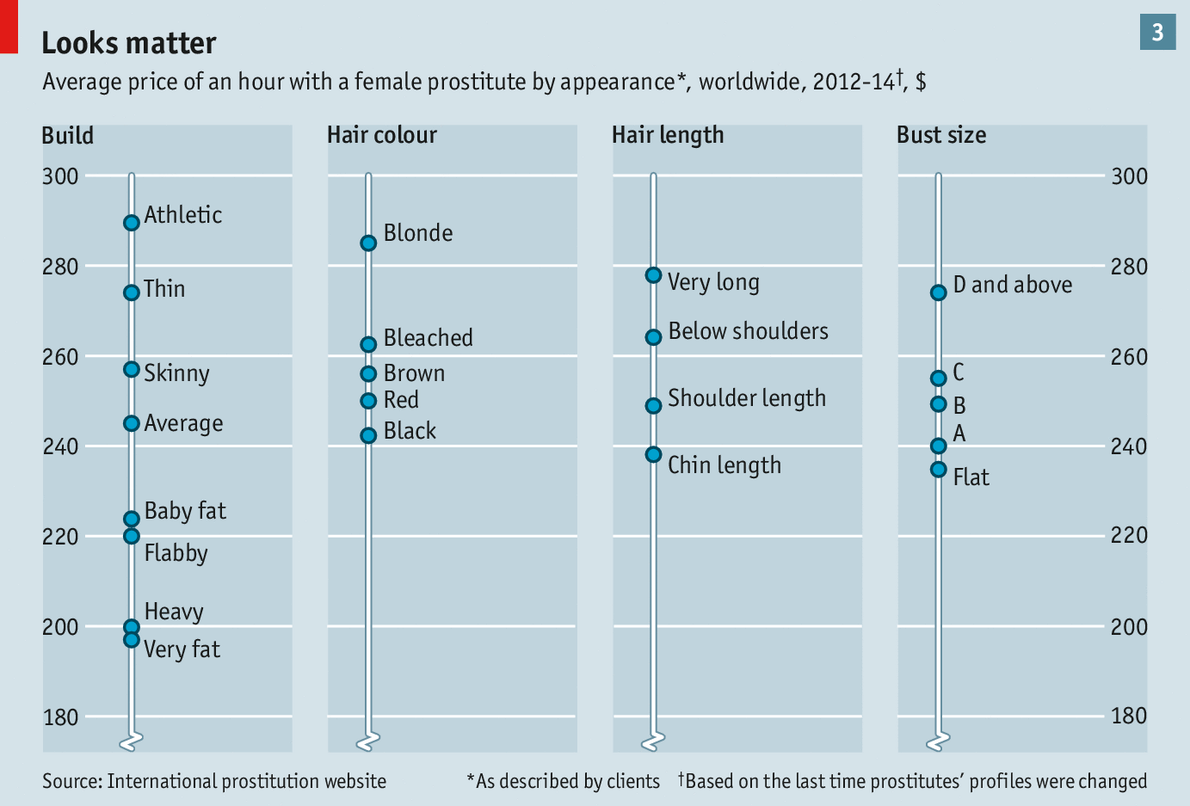
Credit for the piece goes to the Economist’s graphics department.
They say that looks don’t matter. But as the Economist reports, better looks do equate to better pay. At least for prostitutes.

Credit for the piece goes to the Economist’s graphics department.
In a good example of comparing share versus actuals, the National Journal looks at the state of debt across the United States. The choropleth map shows adult share of debt while the bar charts show the regional value of said debt. While the south holds more debt, the west and east coasts have more debt. They also, however, have higher incomes that make servicing or paying off said debt easier than lower income adults in the south.
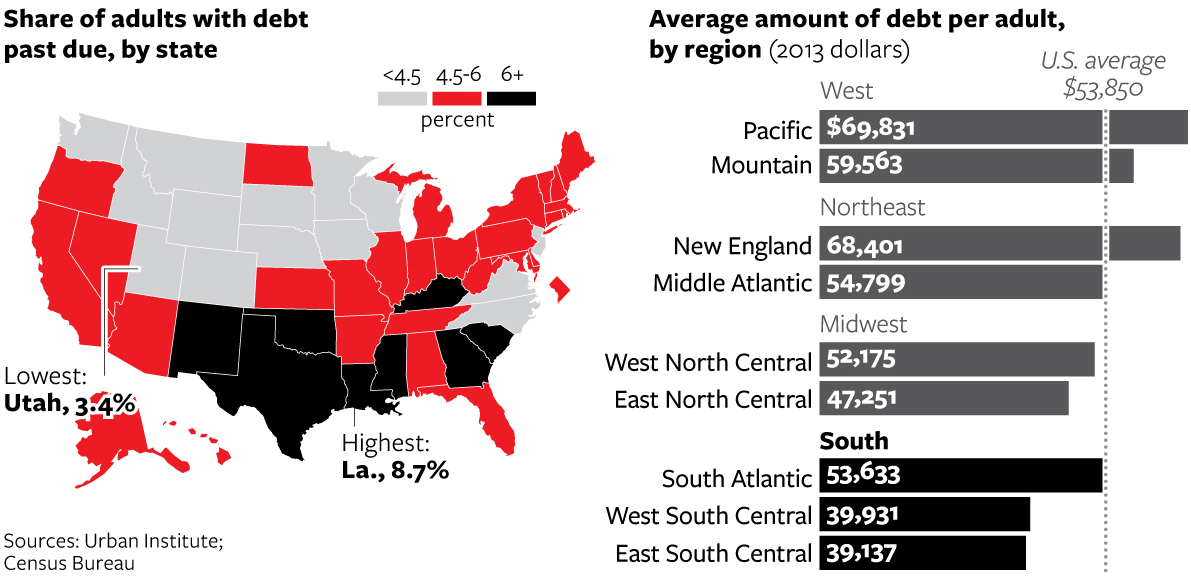
Credit for the piece goes to Nancy Cook and Stephanie Stamm.
Yesterday we looked at the growth of inland cities. Today, we follow up with a piece from the Economist that examines the political leanings of America’s larger cities. As one might imagine, the larger cities generally trend liberal. But the most conservative American cities are actually not very conservative. They are better described as centre-right.

Credit for the piece goes to K.N.C. and L.P.
Some of the nation’s fastest growing cities are inland, away from the coast where housing prices are high. To support an article about the demographic shift, the New York Times created this map. Circle size represents growth over a six-year period while the colour of the bubble represents housing prices.
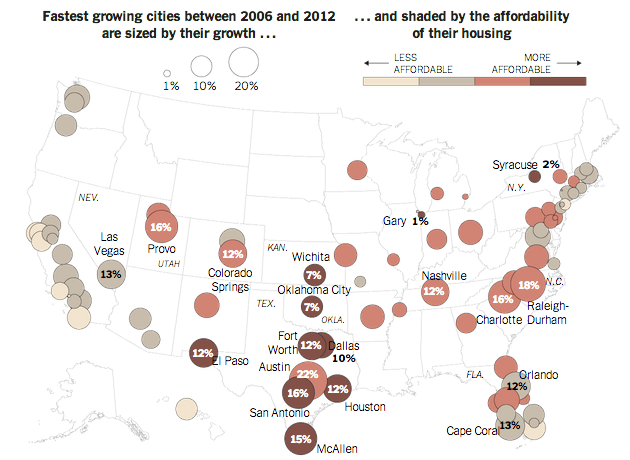
Credit for the piece goes to the New York Times graphics department.
Your humble author is away this week. But the Great Barrier Reef in Australia is still here. For now. The Guardian takes a look at the growing threat to the World Heritage site from the coal industry in Queensland, Australia. The author takes you through the narrative in a chapter format, using charts and maps to illustrate the points in the brief bit of text. A really nice job altogether.
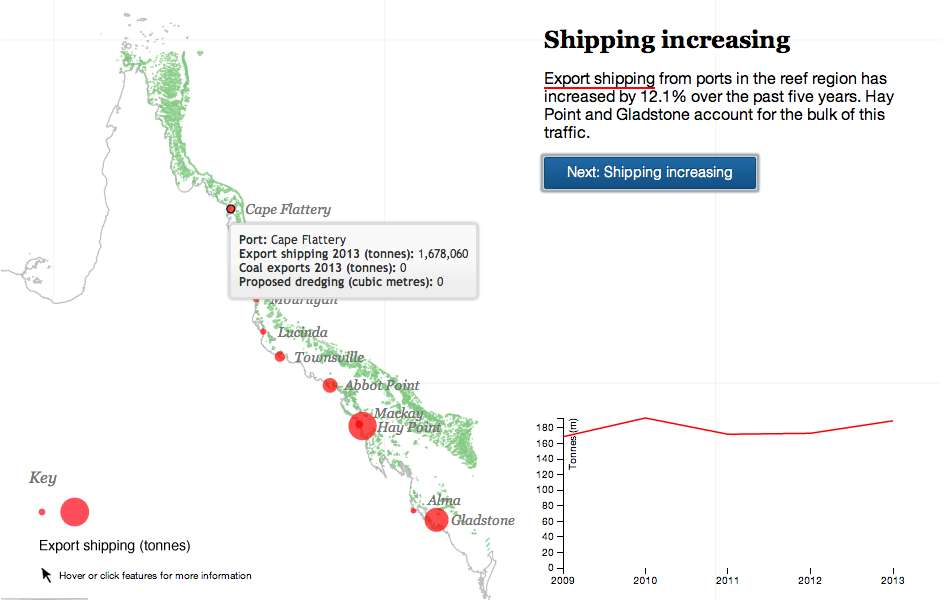
Credit for the piece goes to Nick Evershed.
It’s Friday—about time I know. So let’s celebrate by looking ahead to your Saturday via Jessica Hagy and This is Indexed.
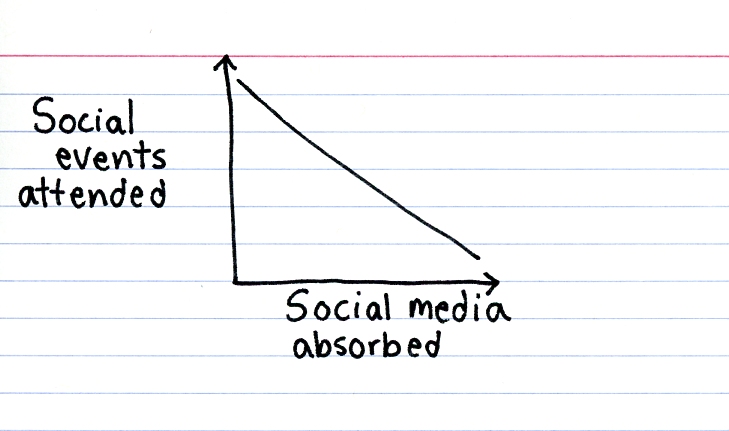
Credit for the piece goes to Jessica Hagy.
Long articles often mean lots of vertical space. But it is only every so often when an item can complement itself with a narrow, vertical graphic. The Los Angeles Times has just that in today’s piece, looking at the layers of sedimentation from a borehole.
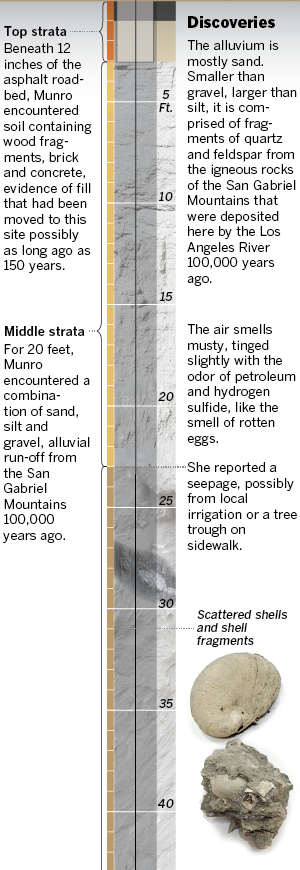
Credit for the piece goes to Thomas Curwen, Lorena Elebee, and Javier Zarracina.
Vox has a piece that uses a modified version of a box plot to compare earnings of individuals based upon their level of educational attainment.
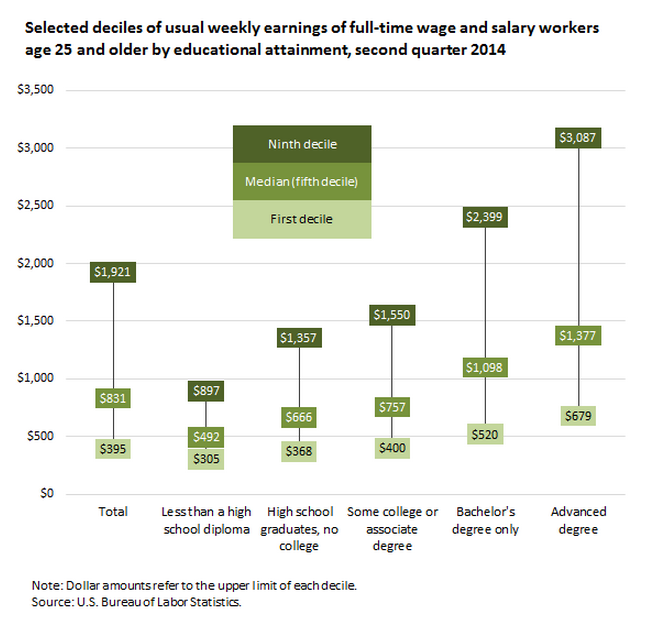
Credit for the piece goes to Danielle Kurtzleben.
Turns out that a large vocabulary is not necessarily what wins you games of Scrabble. Instead it has more to do with probabilities and statistics of values assigned to letters. Five Thirty Eight has a nice piece that charts the high scores of Scrabble games.

Credit for the piece goes to Oliver Roeder.